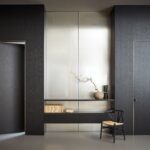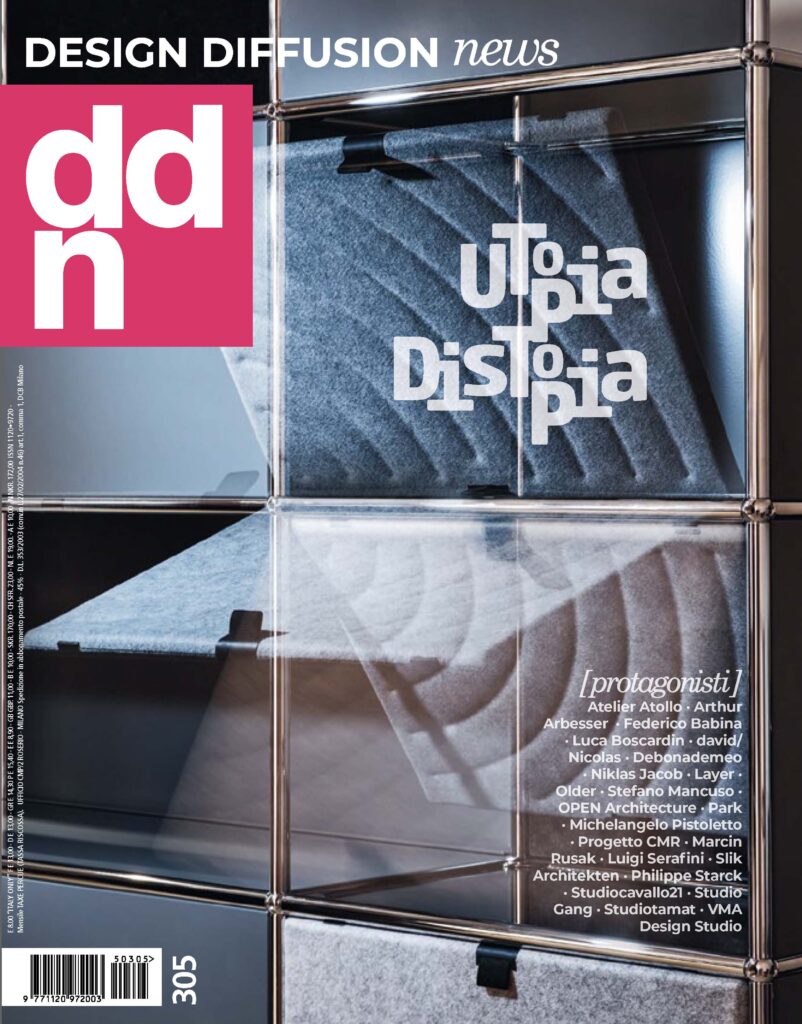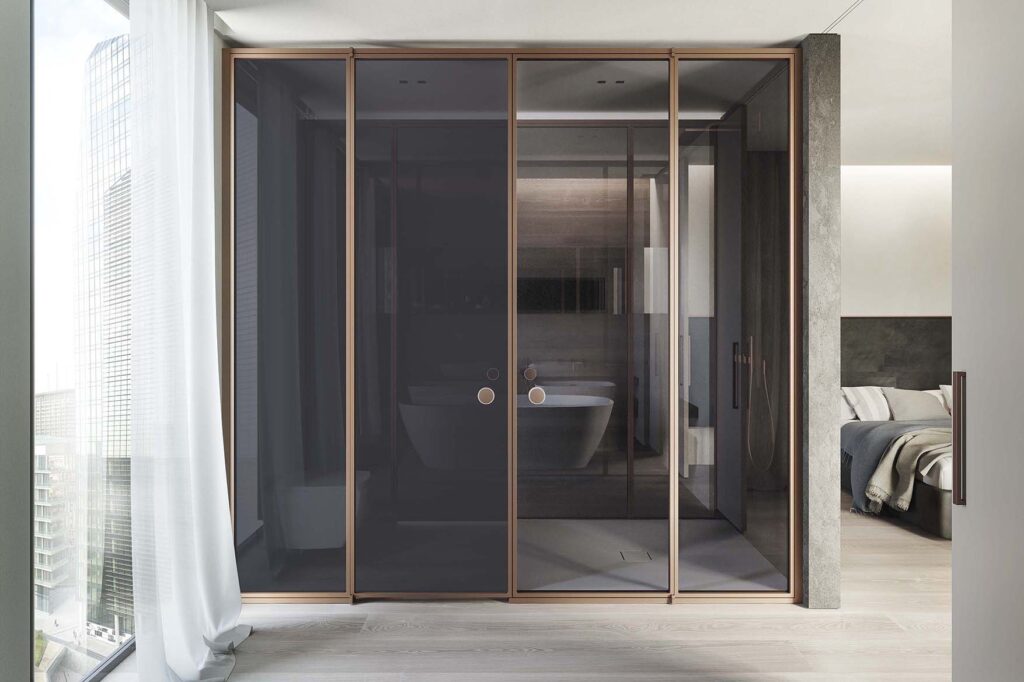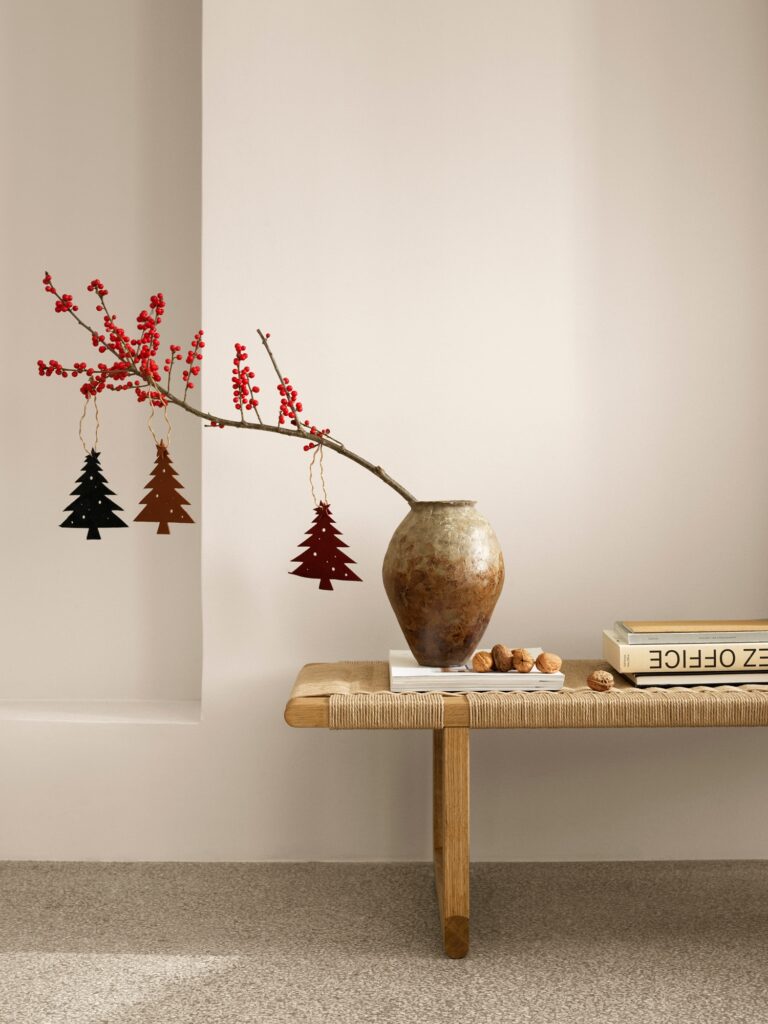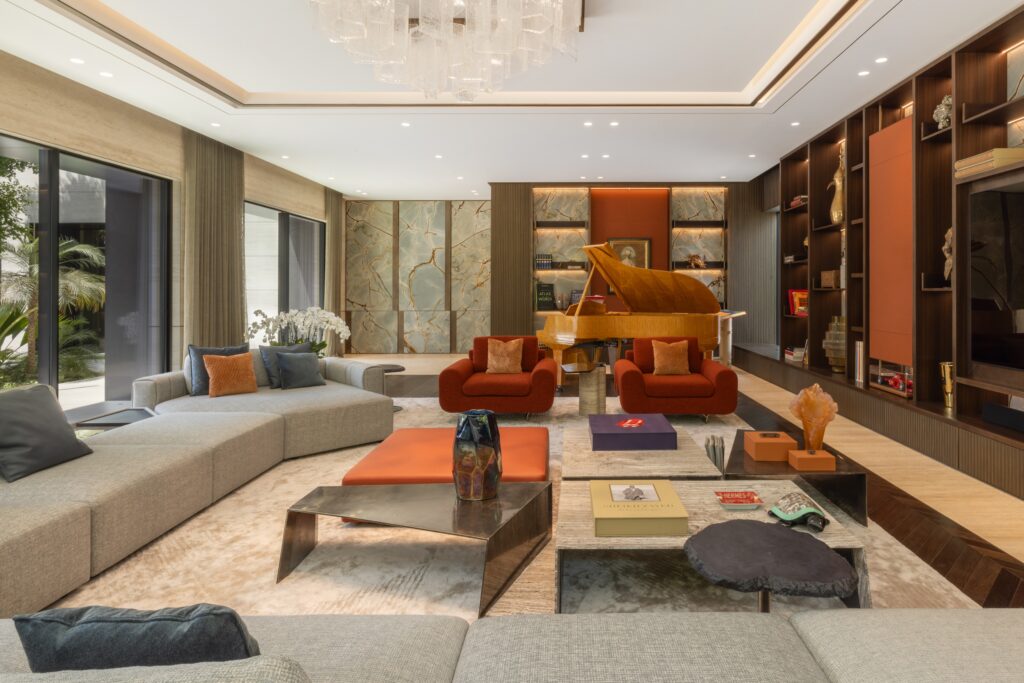A minimal-impact hospitality project in the woods of Hangzhou redefines the forest resort as a place of immersion, stillness, and respectful design
Completed in 2024 in Hangzhou, China, Dongmingshan Senyu Hotel is a 1,300 m² forest resort designed by GLA Architects. Immersed in a dense landscape of metasequoias and bamboo, the hotel embraces a philosophy of minimal intervention. Composed of a reception center and three types of cabins, the project is conceived to blend into its natural setting, offering guests a deeply immersive experience in the forest.

Subtle design on a complex site
The site, located at the end of a mountain trail near a stream and surrounded by towering trees, included several decaying wooden structures. Instead of clearing the land, GLA Architects treated the site as a “minimally invasive surgery”, preserving the vegetation and integrating the new volumes with surgical precision. No trees were cut, and all design choices were guided by respect for the topography and ecosystem.
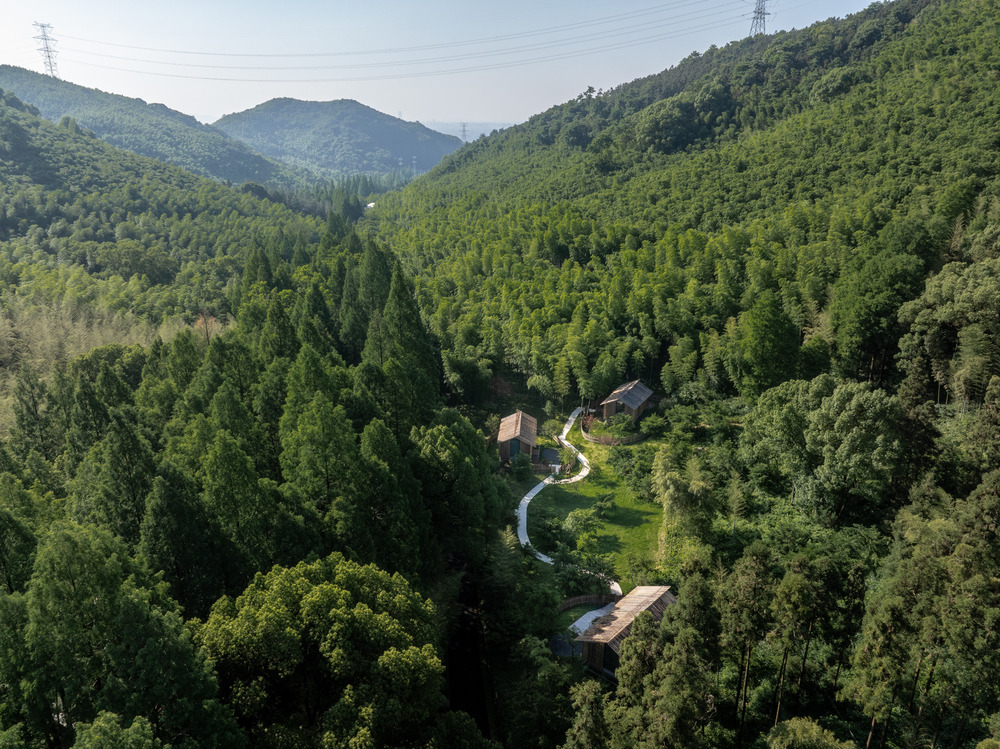
Senyu Hotel: a reception center in dialogue with the forest
The main volume, the reception center, reinterprets the shape of a pre-existing building. A large window facing south frames the forest and protects the adjacent slope, while clerestory windows to the north visually connect the space to the bamboo grove. The building functions as a threshold between wilderness and shelter, welcoming visitors with immediate immersion in nature.
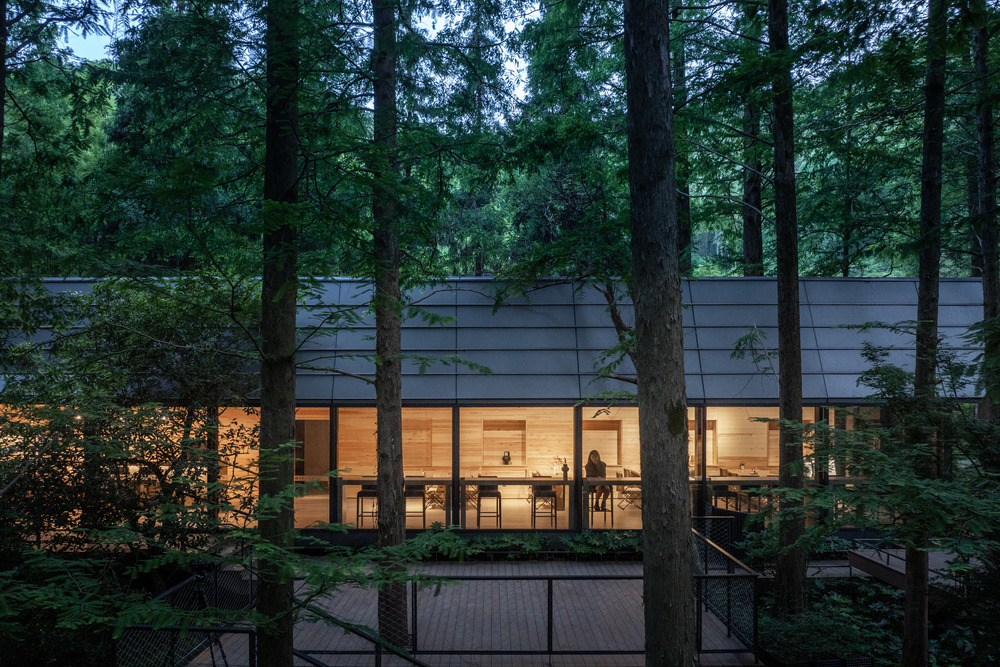
Cabins inspired by the forest
Each accommodation module reflects a different approach to site integration and forest interaction.
Pinecone Cabins, located within the metasequoia grove, are elevated off the ground to protect roots and preserve the forest floor. Their modular design and narrowing rooflines echo the form and verticality of pinecones.
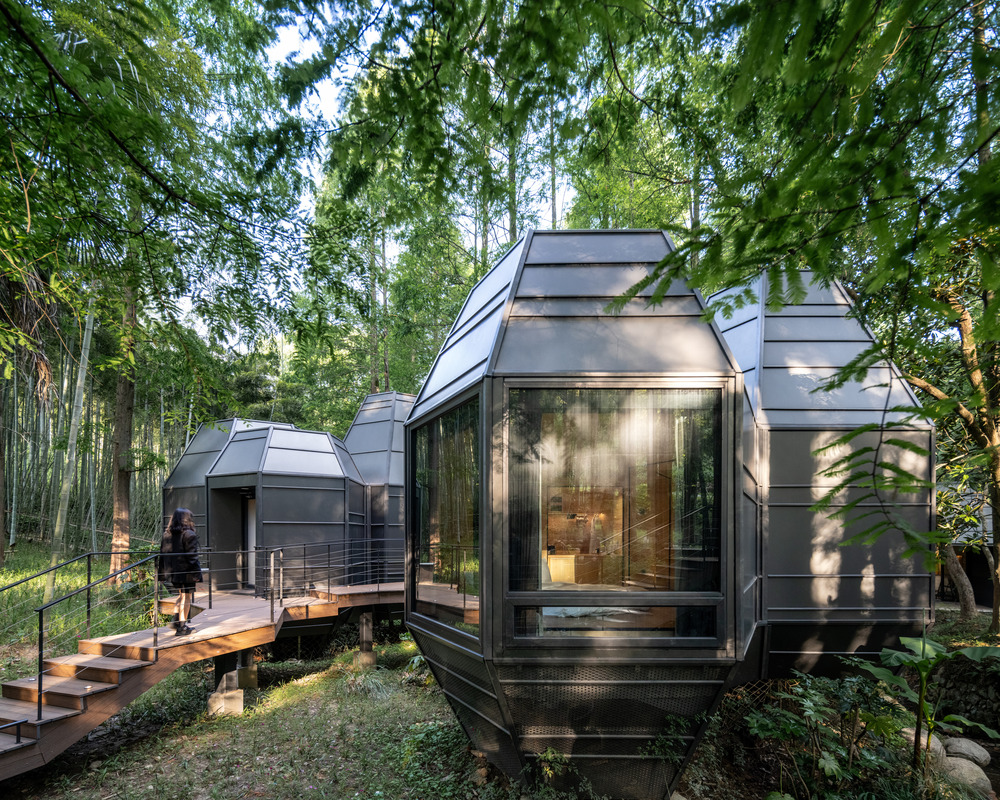
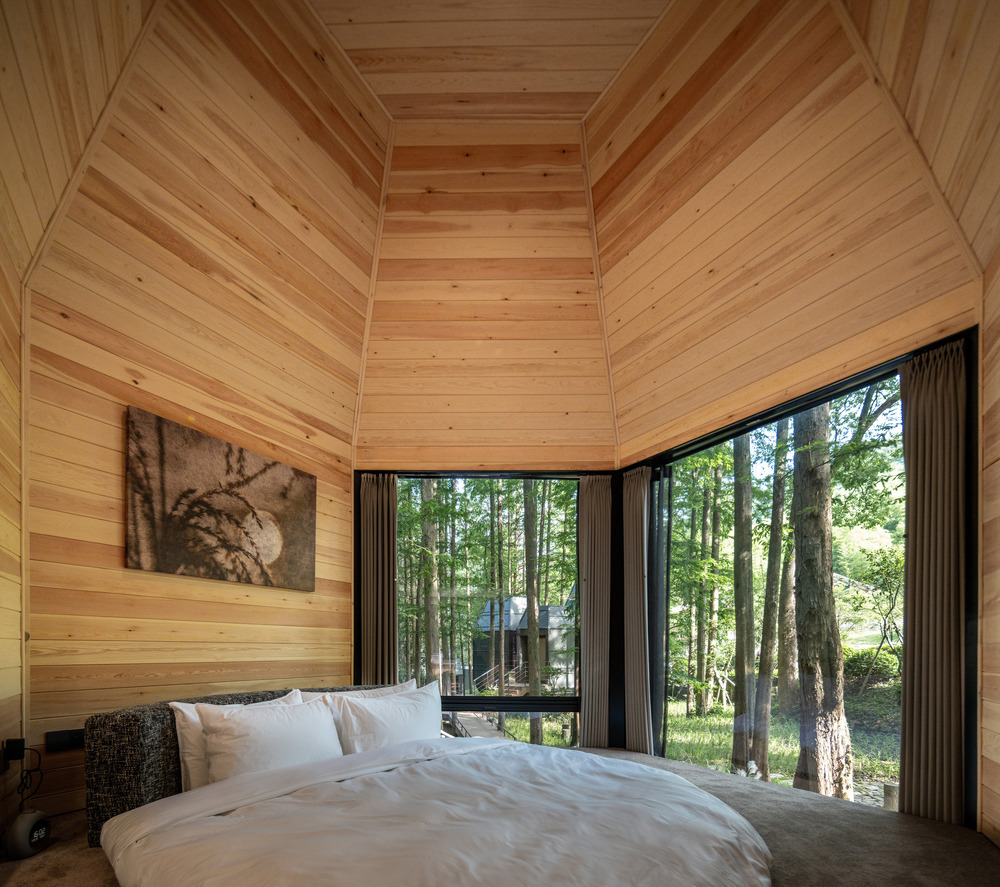
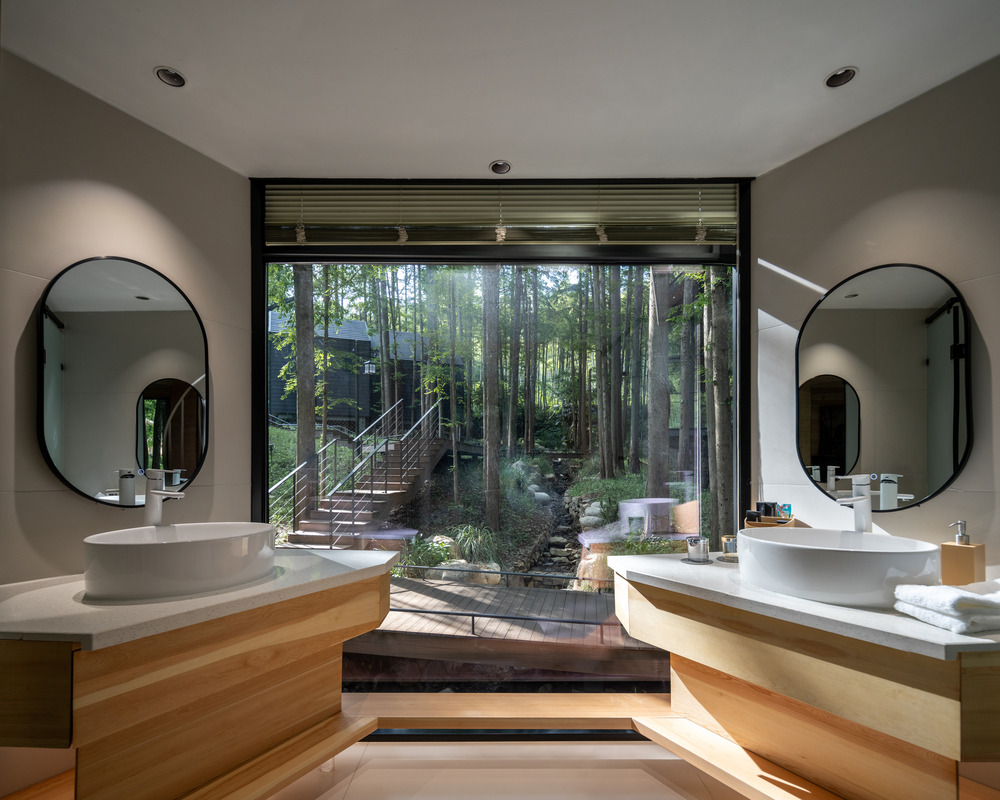
Metasequoia Wood Cottages: Llving suspended among the treetops
Metasequoia Wood Cottages are also stilted, ideal for humid, wildlife-rich environments. Their double-pitched roofs and skylights invite light and air into the interior, enhancing the experience of weather and rhythm.
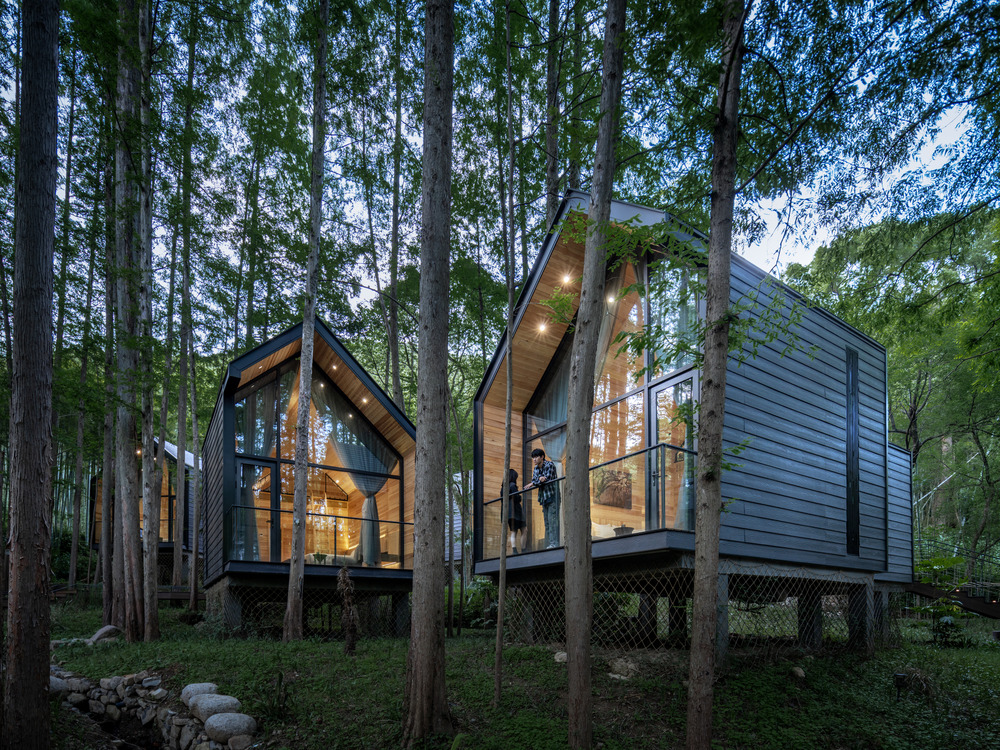

Bamboo Huts: transparency and adaptability
Bamboo Huts, placed along the forest edge, are simple cubic volumes wrapped in woven bamboo façades. These semi-transparent skins filter daylight and create a soft visual threshold between interior and exterior. A visible steel frame allows future adjustments and expresses a quiet, flexible language rooted in local materials.
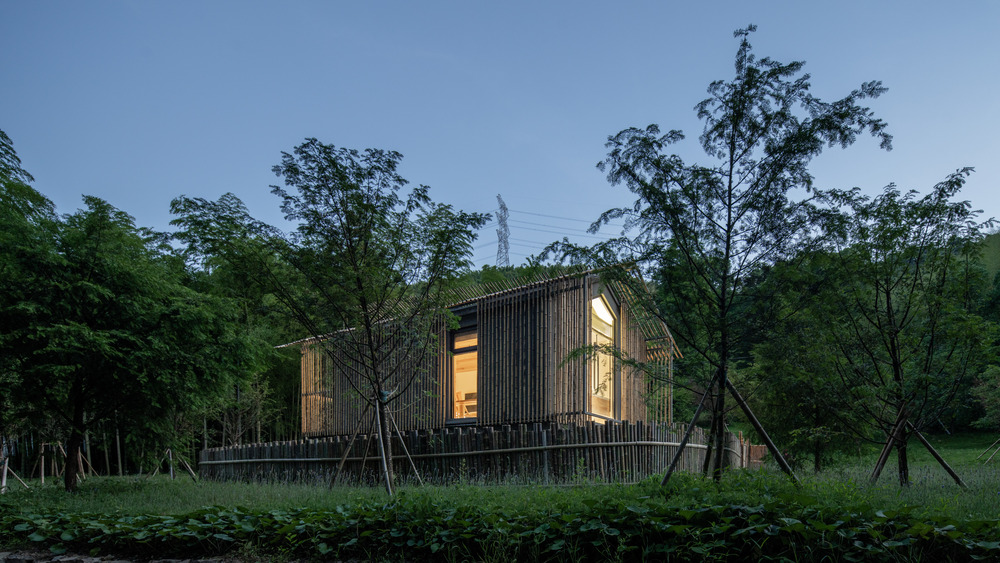
Building without damaging
To preserve the forest, the GLA team conducted detailed on-site studies, mapping every tree. Construction was constantly adapted during implementation to avoid disturbing the environment. The result is an architectural presence that appears placed, not imposed—part of the forest rather than separate from it.

A retreat of presence and lightness
Dongmingshan Senyu Hotel is not a showcase of form, but a spatial response to nature. Through subtle design gestures and minimal intervention, GLA Architects have transformed a forgotten forest site into a place of reflection, silence, and reconnection. This forest resort becomes a blueprint for future hospitality in nature, where architecture quietly steps back to let the landscape lead.
Photo Chen Xi Studio




